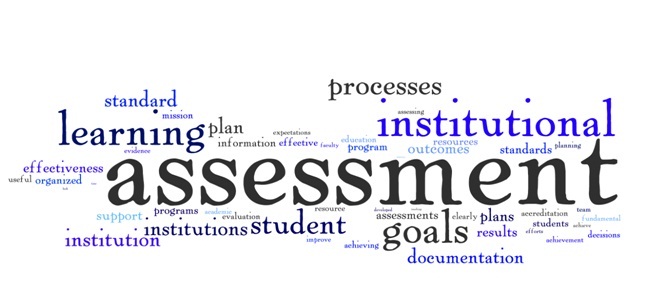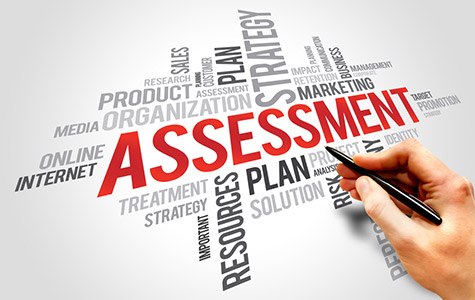Security Center access in G Suite
G Suite updates blog had a post recently about a new change to the admin roles. In a nutshell, when you want to grant a user the role “Service settings” then he/she will not get access to the Security Center by default. The old behavior before was that when you give the “Service settings” role, then the delegated user will get access to Security Center.
Effects of the new changes
Now you will have to manually give the “Security Center” role manually for any admin who was or want to access the security center in the G Suite admin console.
Side effects and check points
Because the setting will affect the current permissions, you will have to manually review and check the current delegations for your users. If you want to keep allowing all or some of the delegated admins, then you will have … Read the rest “G Suite Security Center page is now having its own security role”
A little comparison introduction
I’m not giving a straight statement on what a G Suite administrator should have to be able to manage his domain… Instead I will do a comparison then go to the conclusion.
When we work with G Suite products, both on the sales side and the technical side, we tend not to compare G Suite to other competitor products (Aka. Office 365, Microsoft Exchange Server…), the reason is because G Suite is a totally different product with its own idea, features, work-flow, and thinking… So it is not right to compare two different things that has nothing in common other than some functionality. But for the sake of the title of this post, I’ll start it with a comparison.
Microsoft Exchange Server is a great thing.. It made our lives easier with the great features it has (some can argue this, but I’d say it is … Read the rest “What I think a G Suite administrator should have to effectively manage his domain”
I’ll try in this article to list and briefly explain what need to be considered and checked while designing the coexistence scenario between the Exchange server and G Suite.
It is worth to mention that basically 90% of the work is not going to change for most of projects, so this can serve as a reference and a plan to apply for most of the projects to come.
Through out the work and experience I have got, I believe the below points are the most common settings and configuration that need to be checked and changed. I’ll also keep the list updated with anything I encounter that is not on it later on…
Contents
Put all contact objects used for forwarding in a separate special OU
You will face the need to create mail contacts on the Exchange server to forward mail to them. Depending on the size if the … Read the rest “Tips for designing a coexistence scenario between Exchange Server and G Suite”
Contents
System survey and data gathering (2/2)
To complete the second part of this section, I am going to talk about the following points:
- Confirm the number of users to be migrated
- Get an estimated data size for all users and for each user
- Make an inventory of all groups that are mail enabled
- Make sure a password policy that match requirements by Google is active in the local network with no exceptions
- Check local DNS to confirm local domain name and relation with public domain name
- Confirm access to the Exchange server with an administrator user that has “Full-Access” permission and “Receive-As” permission on all the databases and all users
- Confirm access to Active Directory and local DNS services with an administrator user with proper permissions to create/edit/delete user objects and DNS records
- Confirm there are available PCs to be used for GAMME when needed for data migration
- Agree
So, after the introduction in part 1, I will start with this subject, which is the most critical of the whole project, because based on the output of this step or phase, your plan and your action and teams will be decided.
Contents
System survey and data gathering
For me, the most important tasks that always created issues and troubles in every project, can be resolved by making sure the following items are all known and documented before starting to make the plan:
- Make sure the domain to be migrated is not registered with Google Apps
- Confirm the customer has access to the public domain DNS zone, and get the access
- Internet connection: its stability and available bandwidth
- Find out if a mail security or anti-spam solution is in use, and email flow route
- Find out the most important workflows and processes that are related to the email system
Introduction
This article is reflecting my own experience in planning and executing migration projects from an Exchange mail system to Google Apps for Work… I will try to make it as organized as possible while I make sure I include all the information and problems that I came across during my time working with these projects…
Why it is important to have a plan as close to 100% accuracy as possible?
First planning every project is the most important and critical phase. If you plan wrong, you will fail, if you plan well, your project will get through… But if you fail to plan, then you are making a plan to fail… whatever you do in the project planning phase/stage/time is considered a plan, whether a good one or a bad one… So doing that right is very important to everyone…
Second, when talking about an existing infrastructure of a … Read the rest “Planning a migration project to Google Apps the right way – Part 1: Introduction”



